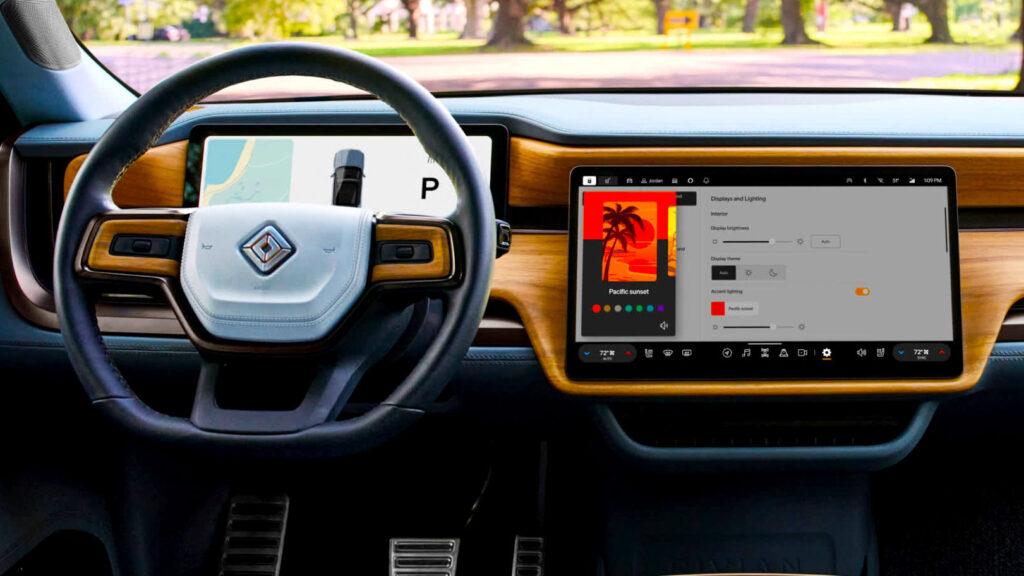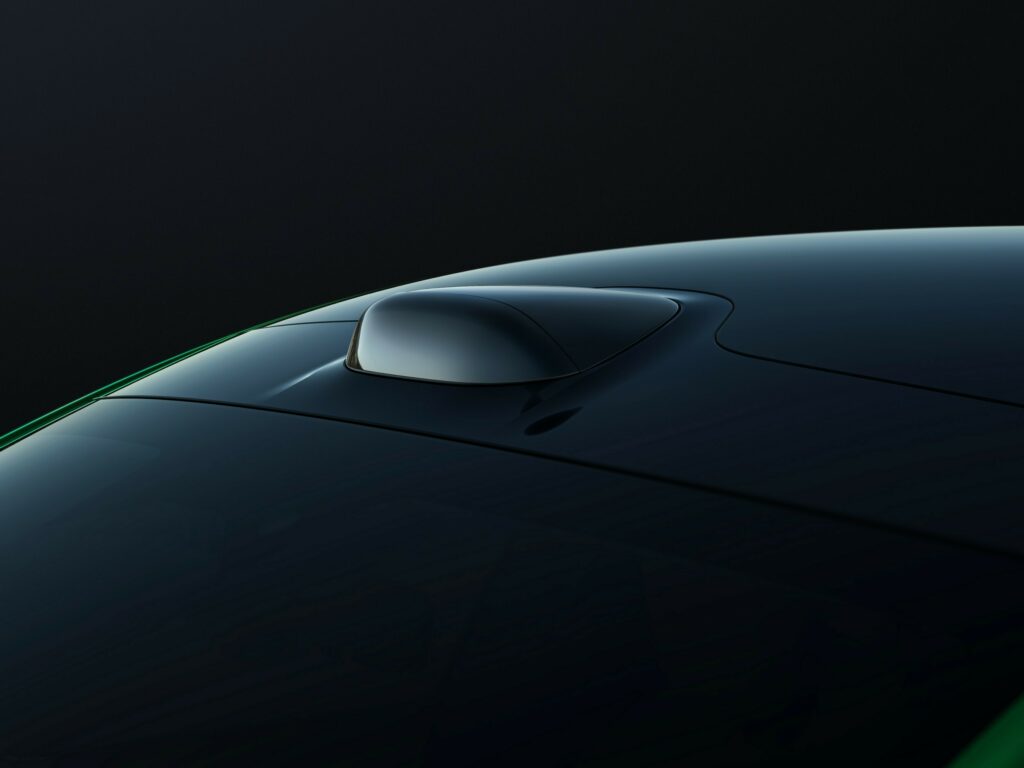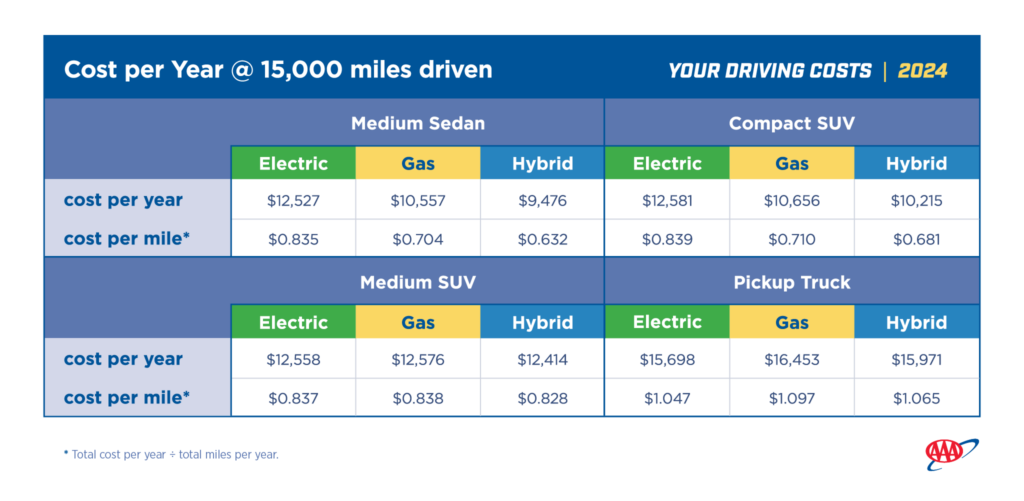Rising Costs

In the world of modern vehicles, safety features have evolved tremendously. Advanced driver assistance systems (ADAS) are designed to make driving safer and more convenient. However, this leap in technology has an unintended consequence—it’s driving up insurance premiums. Yes, those nifty sensors and cameras meant to prevent bumps and scrapes are also making it pricier to insure cars.
The Cost Dilemma

- Insurance rates in the U.S. have been climbing steadily, with the average rate soon potentially reaching $2,101 annually.
- ADAS components like cameras and sensors are expensive to replace and often need precise calibration at specialized facilities.
Insurance premiums are rising partly because when these systems get dinged up in a fender bender, they’re costly to repair. It’s a bit surprising, right? Tech that’s supposed to save bucks ends up costing more when repairs are needed.
Claims and Calibration

In the UK, automatic emergency braking systems have reportedly cut claim frequencies by 25%, but here’s the kicker—associated repair costs surged by 60% over five years. The reason? Replacing and calibrating high-tech systems, like cameras, radar, and lidar, isn’t as simple as swapping out a part. A sensor misaligned by even a hair’s width could miss its mark significantly over a distance.
The setup needed for these calibrations is expensive; costs for such equipment can climb to $1 million. Not every auto shop can handle this kind of tech-intensive work, since it needs a perfect setup with precise levels, lighting, and specific targets for each car model.
Even more perplexing is that some drivers find these systems intrusive and switch them off, leaving insurance companies to pay for repairs of systems that aren’t even being used. It’s a paradox that costs everyone more in the end.
The Bigger Picture
Larger studies have highlighted this trend, with one noting the annual cost of vehicle ownership in the U.S. climbing to $12,297, or about $1,024 per month. It’s a $115 increase from the previous year. The tech driving these costs includes all those advanced safety systems that are becoming standard fare in new cars today.
With all of this in play, while the cars are getting smarter, their impact on the wallet isn’t getting any lighter. It becomes a balancing act between embracing technological advances and managing the rising costs they introduce.
Ford Rearview Recall
Tonale Rust vs Drive
Parking Fee Shocker
Concept Cars Unleashed
Mazda Unveils CX-20